24 October 2018 – 24 February 2019
This autumn, Tate Britain will present the first major Burne-Jones retrospective to be held in London for over 40 years. Renowned for otherworldly depictions of beauty inspired by myth, legend and the Bible, Edward Burne-Jones (1833–98) was a pioneer of the symbolist movement and the only Pre-Raphaelite to achieve world-wide recognition in his lifetime. This ambitious and wide-ranging exhibition will bring together over 150 works in different media including painting, stained glass and tapestry, reasserting him as one of the most influential British artists of the 19th century. Edward Burne-Joneswill chart his rise from an outsider of British art to one of the great artists of the European fin de siècle. Burne-Jones rejected Victorian industrial ideals, offering an enchanted parallel universe inhabited by beautiful and melancholy beings. The exhibition will bring together all the major works from across his four-decade career, depicting Arthurian knights, Classical heroes and Biblical angels.
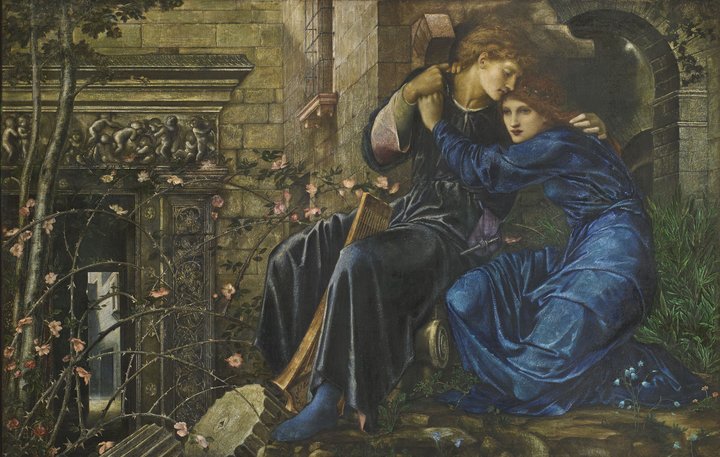
Watercolour, bodycolour and gum arabic on paper
96 x 152 cm
Private collectionSpectacular large-scale paintings like Love among the Ruins 1870-73

and The Wheel of Fortune1883 will show his international impact, including at the 1889 Exposition Universelle when he emerged on the world stage as the leading light of symbolist art.
Two rooms dedicated to the artist’s most famous narrative cycles will be shown together for the first time. These huge canvases are among his finest and best-loved works, telling the action-packed story of Perseus and the dreamlike fairy tale of Sleeping Beauty. Burne-Jones’s lack of formal training in fine art allowed him to develop a distinct and highly idiosyncratic approach to painting that bridged the fine and decorative arts.
Two celebrated series of Pre-Raphaelite paintings will be brought together in their entirety for Tate Britain’s Burne-Jones retrospective this autumn. The artist’s most famous narrative cycles,
The Briar Rose c.1890 and the unfinished Perseusseries (started 1875), have never been shown together before. A major highlight of the exhibition, two rooms will be dedicated to displaying these dramatic large-scale canvases as immersive environments full of exquisite detail. One series is drawn from the northern fairy tale of Sleeping Beauty, depicting a princess and her court frozen in time in a medieval dream world, while the other depicts the action-packed classical myth of Perseus, a hero who slays Medusa and saves Andromeda from a sea monster. Exceptional loans from five different collections will provide a once-in-a-lifetime opportunity to experience these outstanding works together.

The Briar Wood

The Council Chamber
Oil paint on canvas
1250 x 2310 cm
1250 x 2310 cm
The Faringdon Collection Trust
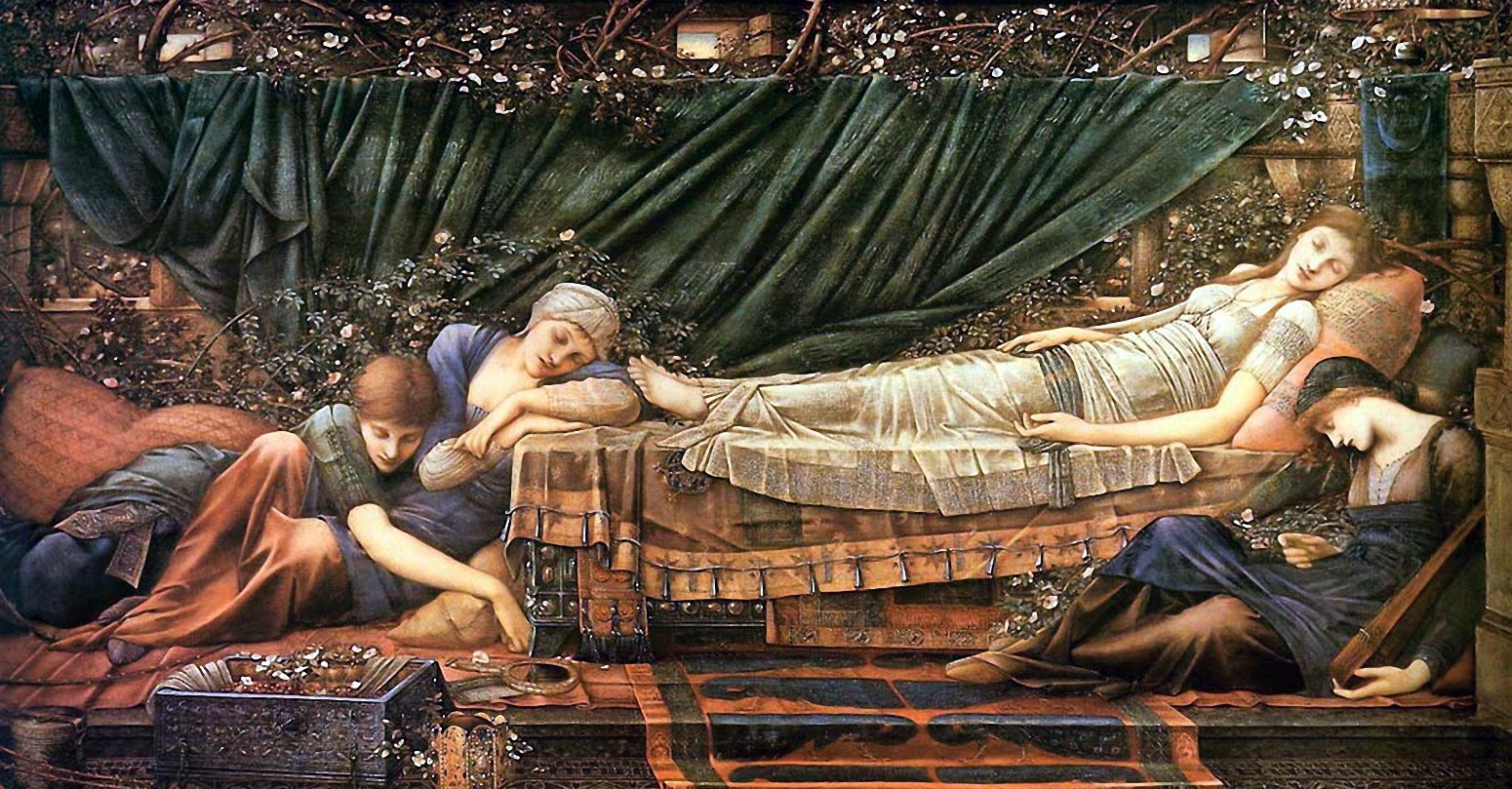

The Rose Bower 1885-90
Oil paint on canvas
1250 x 2310 cm
1250 x 2310 cm
The Faringdon Collection Trust
All four canvases in Burne-Jones’s The Briar Rose cycle will be shown in a museum setting for the first time, together with the panels painted to link each image to the next. Considered some of the artist’s finest and best loved works, this group of eight-foot long paintings caused a sensation when they were first unveiled at Agnew’s Gallery in London in 1890, with thousands of people queuing to see them. Each intricately detailed scene illustrates Charles Perrault’s famous fairy tale of Sleeping Beauty. The princess – modelled on Burne-Jones’s own daughter Margaret – is shown surrounded by attendants as she waits for the prince to wake her with a kiss. Shortly after they were made, the paintings were purchased by Alexander Henderson for his home Buscot Park in Oxfordshire, where they remain to this day as part of the Faringdon Collection.
The exhibition will open with a focus on his early career, highlighting his work as a church decorator.
Striking examples of stained glass such as
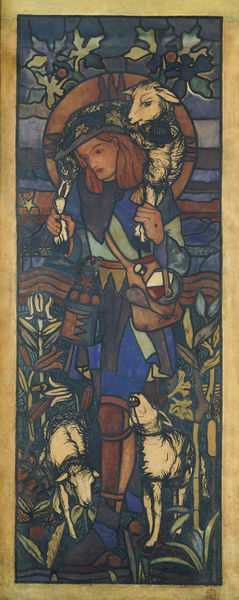
The Good Shepherd 1857-61 will be presented alongside

The Adoration of the Magi 1861, a large-scale altarpiece created for the church of St Paul’s in Brighton.
Considered one of the greatest draughtsmen of the 19th century, Burne-Jones’s remarkable drawings such as

Desiderium1873 will also be showcased to demonstrate his sensitive and personal response to Renaissance Old Masters. Familiar faces populate Burne-Jones’s otherwise imaginary worlds, drawn from the artist’s intimate circle of family and friends. Several of these figures will feature in a section of the exhibition highlighting Burne-Jones’s unique approach to portraiture.
Desiderium 1873Graphite on paper21 x 13 cmTate
Portrait of Amy Gaskell 1893
Oil paint on canvas
Oil paint on canvas
95 x 61 cm
Private collection His paintings of Amy Gaskell
![Image result for [[["xjs.sav.en_US.23uiea-BVMI.O",5]],[["id","type","created_timestamp","last_modified_timestamp","signed_redirect_url","dominant_color_rgb","tag_info","url","title","comment","snippet","image","thumbnail","num_ratings","avg_rating","page","job"]],[["dt_fav_images"]],10000]](https://i.pinimg.com/originals/4e/98/ab/4e98ab8790e652dfd002f8d772206ad0.jpg)
and Lady Windsor1893-95 stand in contrast to the fashionable society portraits of the day, presenting idealised likenesses with stark minimal compositions and a restrained colour palette.
Tate Britain will also explore the key role of the decorative arts in Burne-Jones’s career, including his long working relationship with William Morris. Both men were committed to social reform and intended their collaborative work to reach a broad audience through beauty of design and execution.
The dazzling Graham Piano1879-80 will be displayed
alongside embroideries, illustrated books and spectacular large-scale tapestries like
![Image result for [[["xjs.sav.en_US.6f7MhbPMGYo.O",5]],[["id","type","created_timestamp","last_modified_timestamp","signed_redirect_url","dominant_color_rgb","tag_info","url","title","comment","snippet","image","thumbnail","num_ratings","avg_rating","page","job"]],[["dt_fav_images"]],10000]](https://www.pubhist.com/works/21/large/edward_burne_jones_knights_round_table.jpg)
The Arming and Departure of the Knights of the Round Table on the Quest for the Holy Grail1890-1894
and Adoration of the Magi1894.
Edward Burne-Jones will be curated by Alison Smith, Chief Curator, National Portrait Gallery and Tim Batchelor, Assistant Curator, Tate Britain.
The exhibition will be accompanied by a catalogue from Tate Publishing.
The Perseus cycle
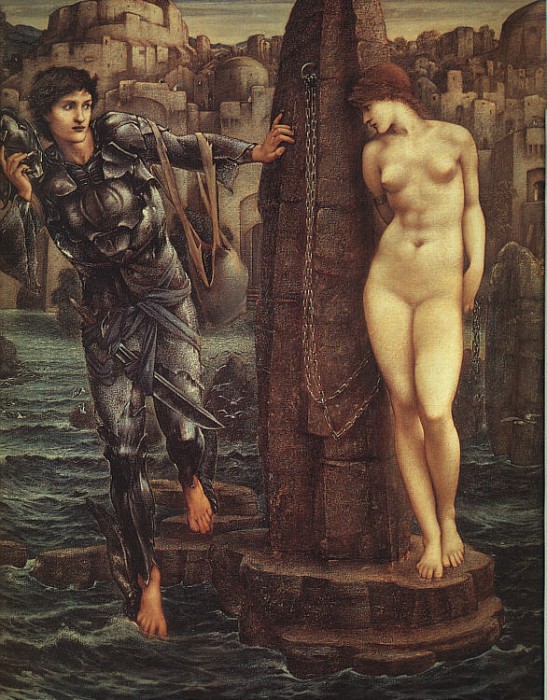
The Rock of Doom 1885-8
Oil paint on canvas 1550 x 1300 mm Staatsgalerie Stuttgart 
Bodycolour on paper
1502 x 1902 mm
Southampton City Art Gallery
|
||||
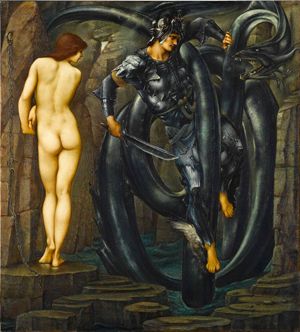 |
||||
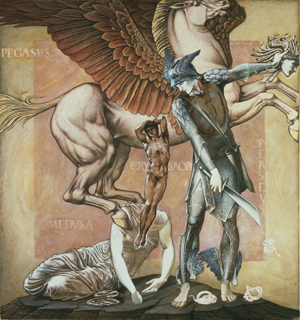 |
|
|||
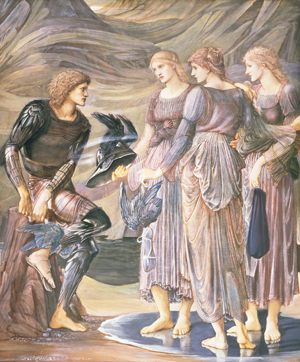 |
|
|||
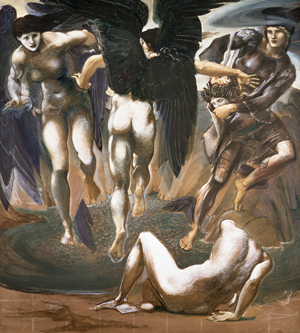 |
|
|||
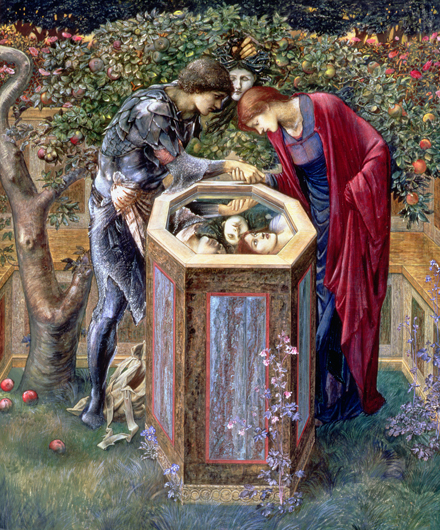 |
| |||
Phyllis and Demophoön 1870
Watercolour on paper
93 x 47 cm
© Birmingham Museums Trust
Stained and painted glass1072 x 356 mmVictoria and Albert Museum




